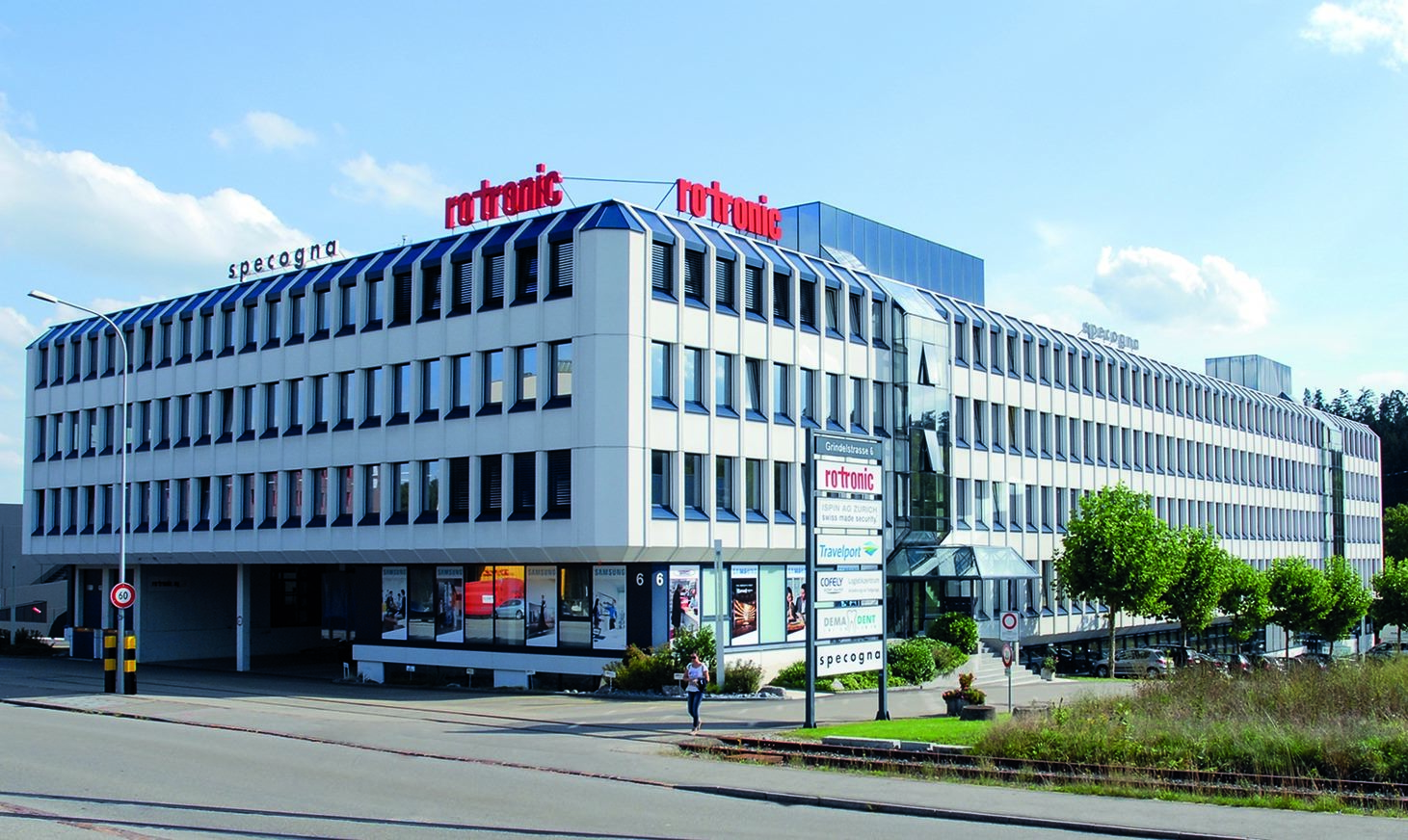what happens to humid air when temperature is lowered?
Bones theory about Humidity part v - an important parameter to be measured and monitored in various applications

Result of Temperature and Pressure on %rh
Saturation vapor force per unit area depends simply on temperature. There is no issue of full pressure, and there is no difference between the situation in an open space and that in a closed container.
- In an open space, at constant moisture level and temperature, %rh is directly proportional to the total force per unit area. All the same, the value of %rh is express to 100 % equally p cannot be greater than ps.
- In a airtight container of fixed volume, %rh decreases as temperature increases, but non quite as strongly as in open space.
Examples
A) Office building
For practical purposes, an office building can be considered an open surround.

A localized increment in temperature created by a heater or an role machine, for instance, doesn't modify the value of the partial pressure of water vapor, then the local vapor pressure is the aforementioned throughout the building. Notwithstanding, the saturation vapor pressure level is locally increased. Consequently, relative humidity in the immediate vicinity of the heat source is lowered.
If nosotros presume that elsewhere in the building the temperature is 25 °C and relative humidity is 50 %, a localized increase of temperature to 30 °C lowers relative humidity as follows:
ps at 25 °C = 3.17 kPa
ps at 30 °C = 4.24 kPa
p = 0.5 x iii.17 kPa = 1.585 kPa, corresponding to 50 %rh
Localized %rh = 100 x one.585/four.24 = 37.iv%
B) Dew on a chilled mirror
If the temperature of a mirror is lowered to precisely the value that makes dew appear on the surface, the value of the mirror temperature is called dew point. Using the previous example, the dew point corresponding to a status of 50 %rh and 25 °C can be found as follows:
ps at 25 °C = iii.17 kPa
p = 0.5 x iii.17 kPa = 1.585 kPa, corresponding to 50 %rh
If there is equilibrium between the dew on the mirror and the environment, information technology follows that ps at the temperature of the chilled mirror must be equal to the vapor pressure p. Based on a simple interpolation of the values of the saturation vapor tables, we find that a value of ps of 1.585 kPa corresponds to a temperature of 13.8 °C. This temperature is the dew point.The case above shows that converting relative humidity into dew point and vice versa requires the use of a thermometer and saturation vapor tables.
C) Compression in a airtight sleeping room
If the total pressure inside a closed chamber is increased from one to one and a half atmospheres and temperature is kept constant, the fractional force per unit area of water vapor is increased one.5 times. Because temperature is the same, so is the saturation pressure level ps. If nosotros presume that we had a condition of 50 % rh and 25 °C before the compression, the condition afterward is 75 %rh and 25 °C.
D) Injection of a dry out gas in a closed sleeping room
If dry out nitrogen is injected in a closed sleeping accommodation where there is already air at a status of 50 %RH and temperature is kept constant, total pressure in the sleeping room increases. Still, the partial water vapor pressure p remains constant considering the mole fraction of water vapor in the chamber decreases past an amount that exactly balances the increase in total pressure level (come across Dalton's law). Because temperature is maintained abiding, the saturation vapor pressure level ps is too unchanged. Therefore, relative humidity stays at 50%, despite the fact that a dry gas was injected in the bedroom.
Law:
Rules of Thumb for relative humidity in moist air applications
Recall that %rh = p/ps ten 100
1. As the temperature of a system increases, the relative humidity volition subtract considering ps will increase while p stays the same. Likewise, every bit the temperature of a system decreases, the relative humidity volition increase because ps will subtract while p stays the same. As the temperature is decreased, the arrangement will somewhen reach saturation where p = ps and the air temperature = the dew point temperature.
2. Every bit the total pressure of a arrangement decreases, the relative humidity will subtract because p volition subtract but ps will not modify because the temperature has non changed. As well, as the total pressure level of a system increases, the relative humidity volition increase until eventually saturation is reached.
Learn more nigh humidity in the following video: "Relative Humidity Measurement Explained"
Run across previous blog posts:
Humidity Academy Theory 1
Humidity Academy Theory 2
Humidity University Theory 3
Humidity Academy Theory 4
Watch out for Humidity Academy Theory part half dozen on the PST Web log
Want to come across more information like this?
Sign upwards to one of our Industry newsletters and you'll receive our nigh-recent related news and insights all directly to your inbox!
Sign Up
Source: https://www.processsensing.com/en-us/blog/effect-of-temperature-and-pressure-on-rh%20.htm
0 Response to "what happens to humid air when temperature is lowered?"
Post a Comment